Have you heard about Washi? It is traditional Japanese paper, still used in Japanese art paintings. These days, the value of Washi has caught the attention of foreigners due to its durability and mild texture, which creates a gentle, soft light and shade.
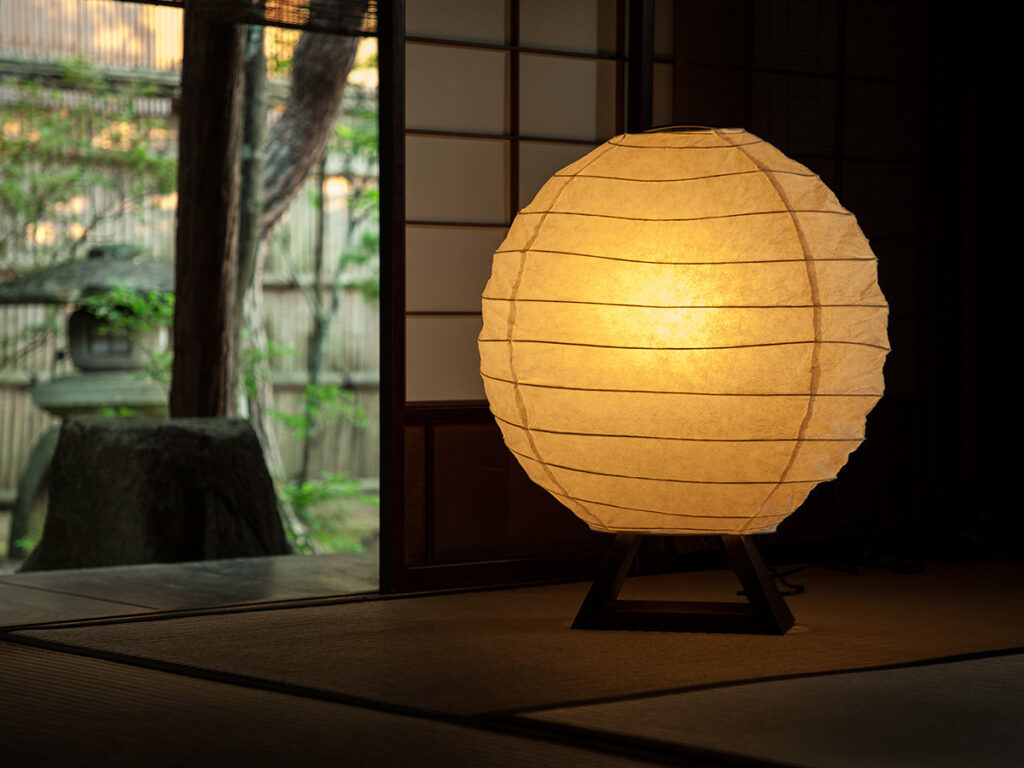
Today, I will share my experience crafting washi at Ozu Washi, a renowned washi shop that has been in operation since the samurai era, dating back to 1653. It sells not only colorful washi sheets but also various paper products featuring washi, such as fun dolls, notebooks, and more. It’s fun to walk around on the shop floor, but I’m sure you’ll buy one or more products because they’re pretty unique, and you can’t get similar items in your country.
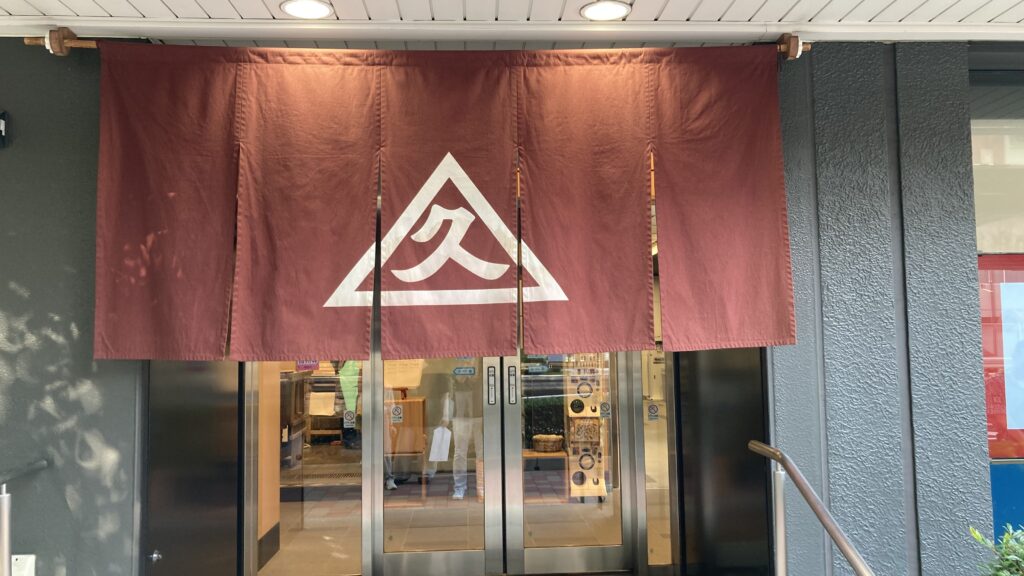
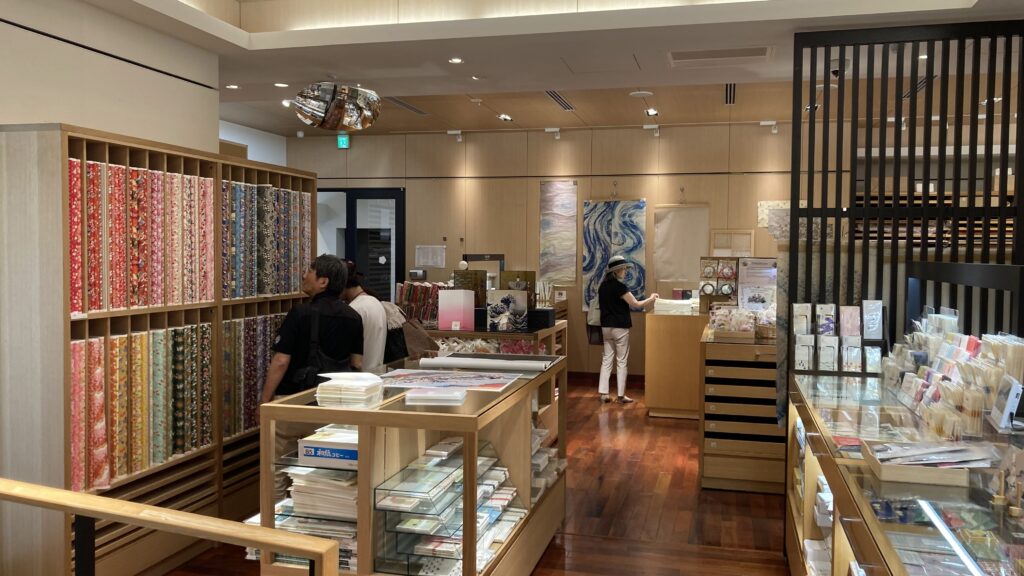

I visited Ozu Washi with my daughter and her husband to enjoy the washi-making experience. First, we learned the raw materials of washi, which is called Kozo, the skin of the kozo tree. It takes many processes to obtain an ideal raw material from tree planting to its final form. But, the instructor told us that this process was key to obtaining durability and the unique texture of washi.
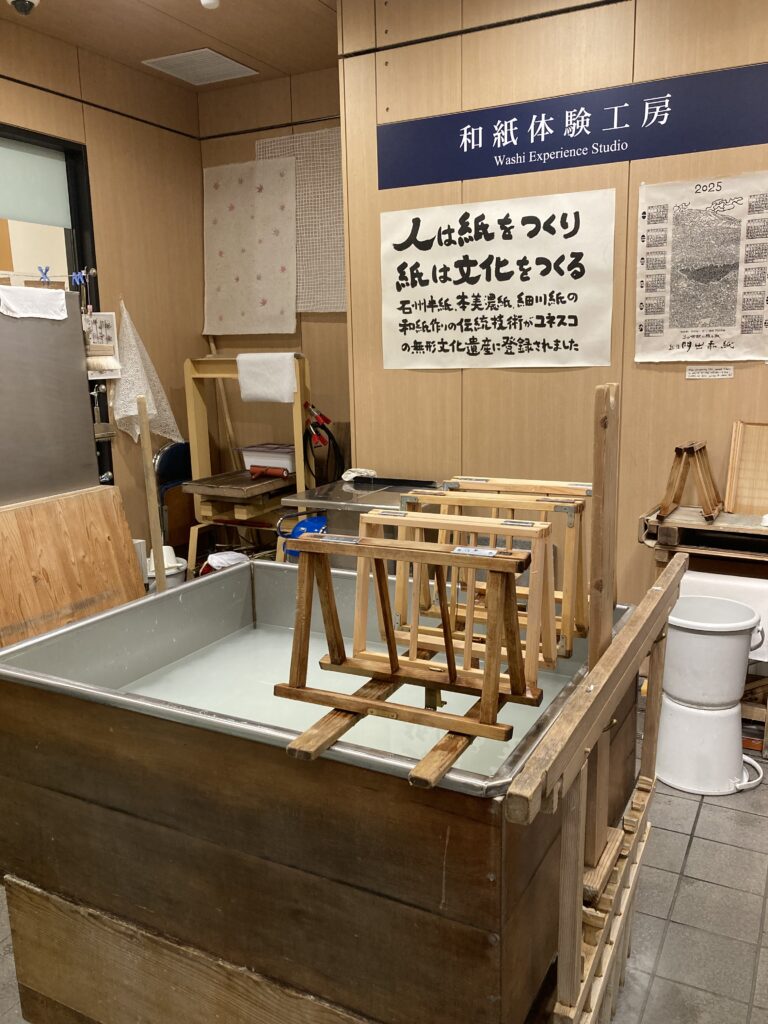
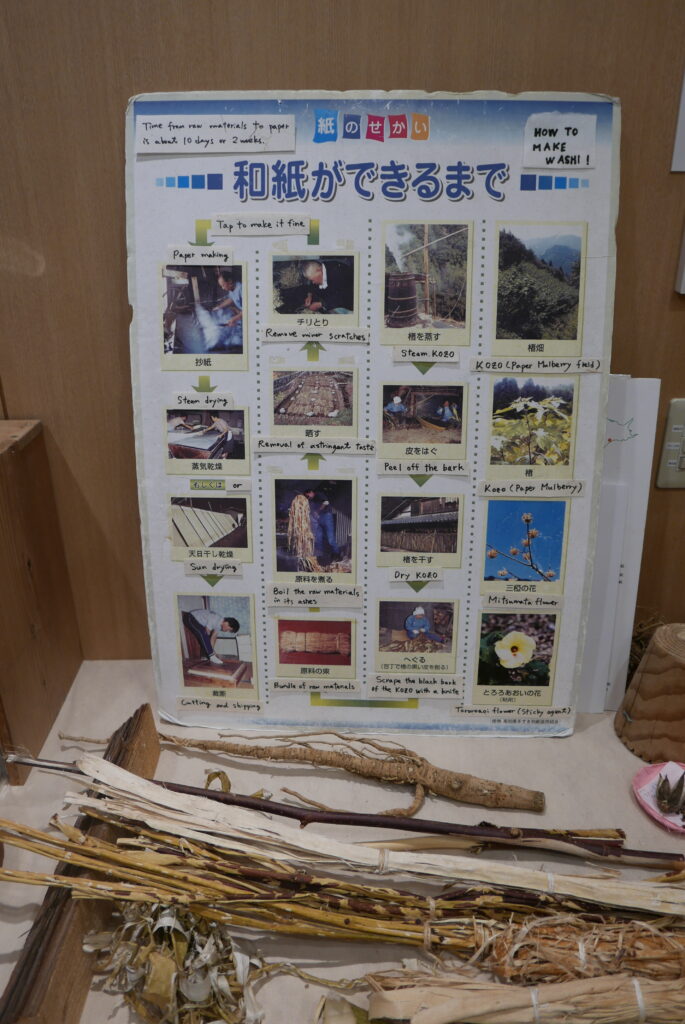
Anyway, let’s try the washi-making!
First, we agitated the raw material fiber in water with natural glue. White matter in the water is kozo fiber, which will become a wet sheet of washi on the screen at the next process.
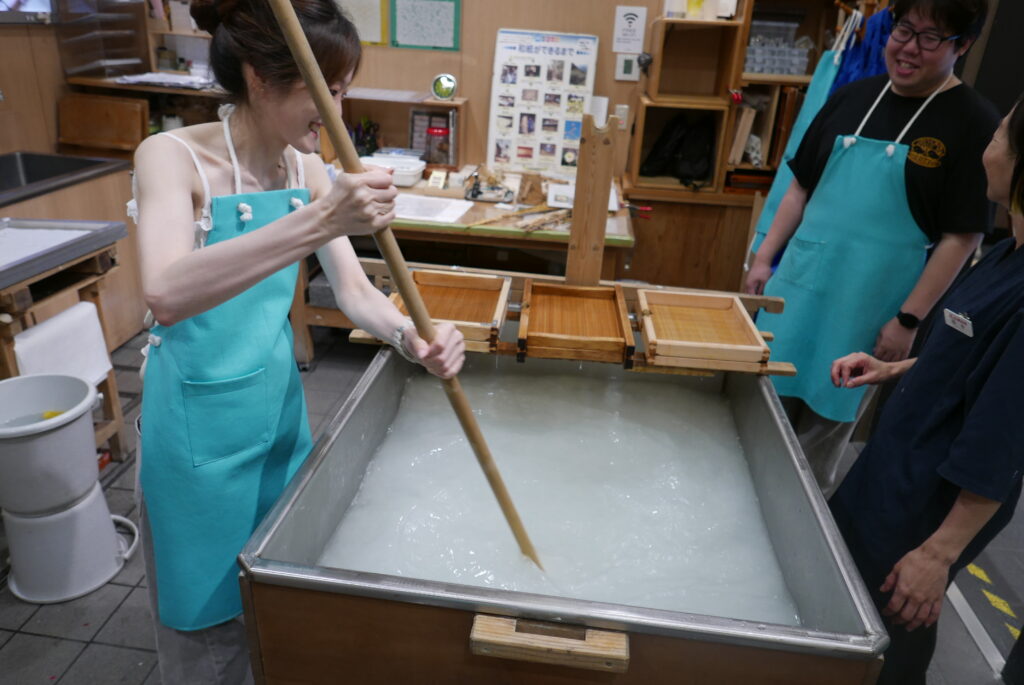
We scope white water on the wooden slit screen in the wood frame. A gentle and smooth movement was required to spread white fibers on the screen. At the first trial, my daughter failed it, but the instructor said it was not a big issue and returned the raw sheet to the white-water’s vessel and mixed it with other fibers again. And then she tried again and succeeded in the second round.
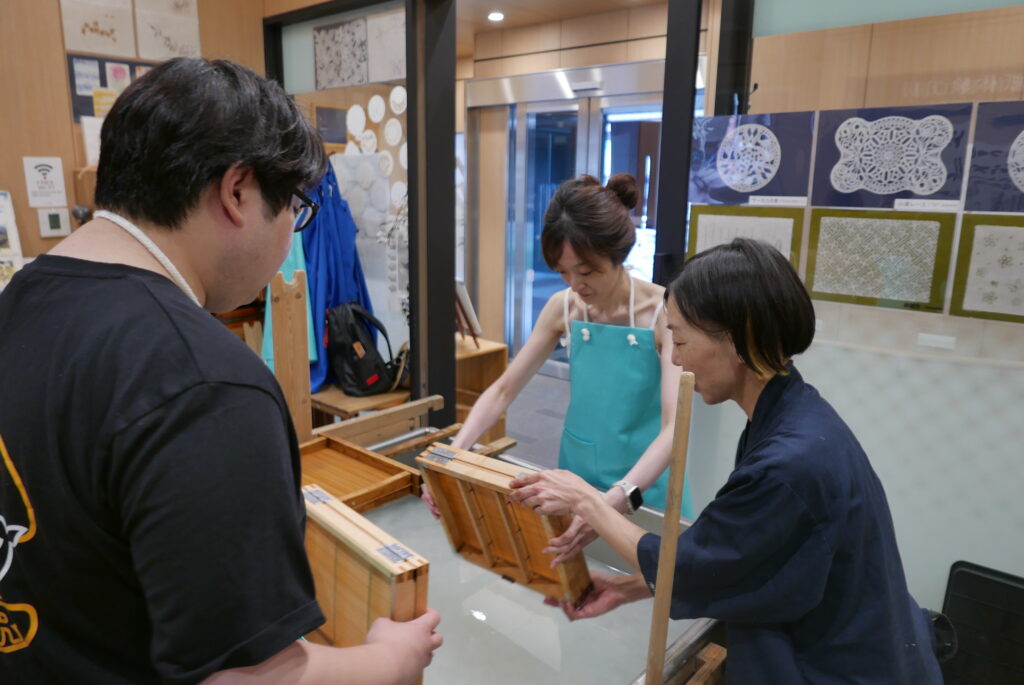
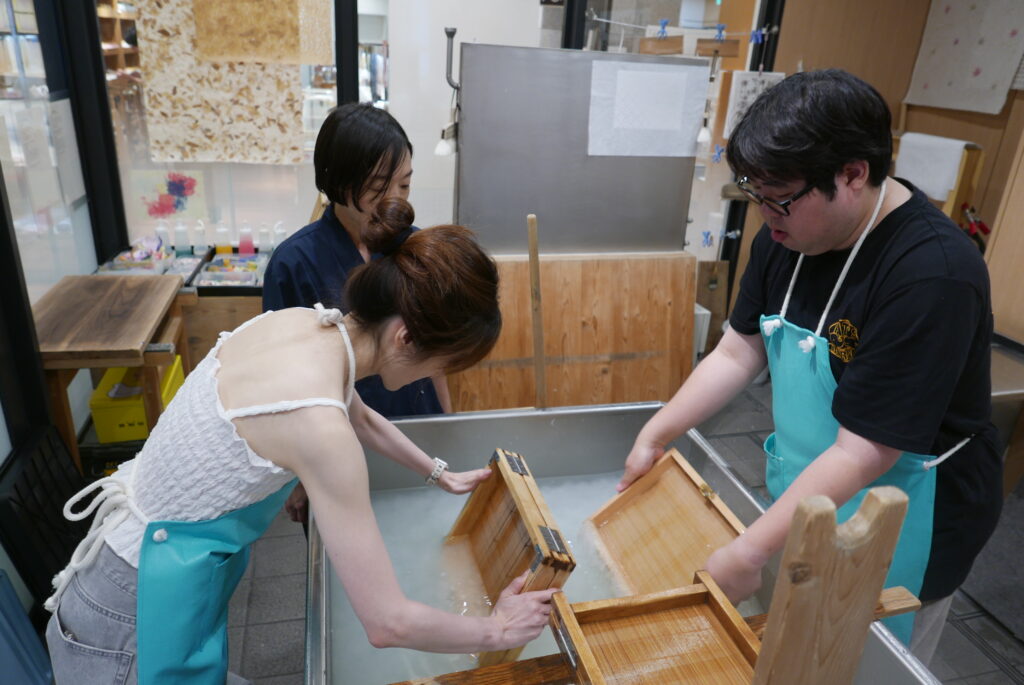
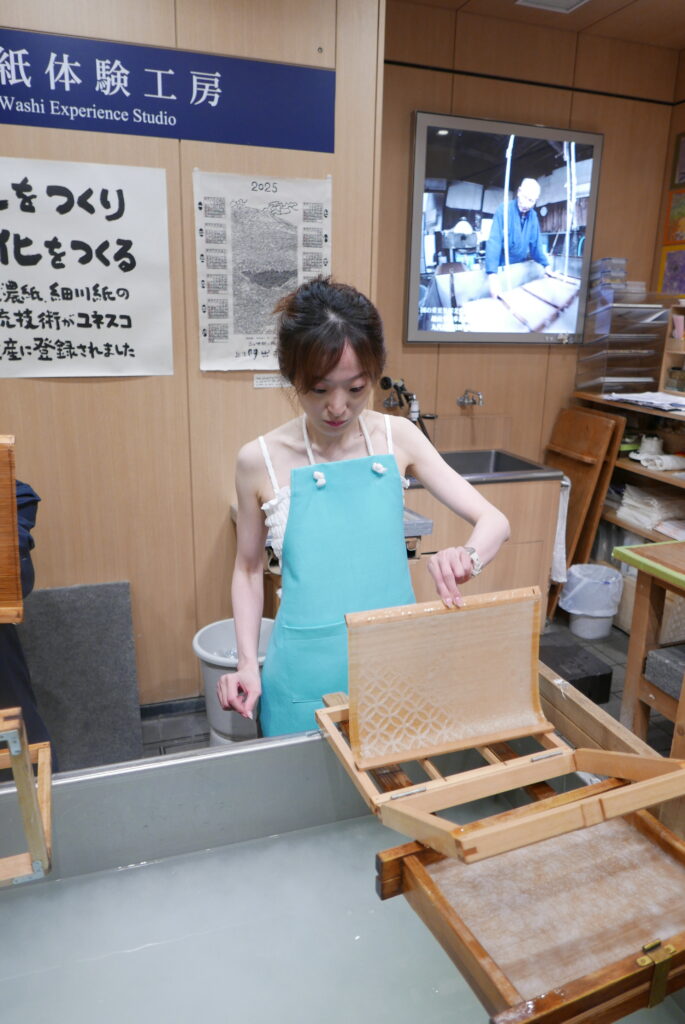
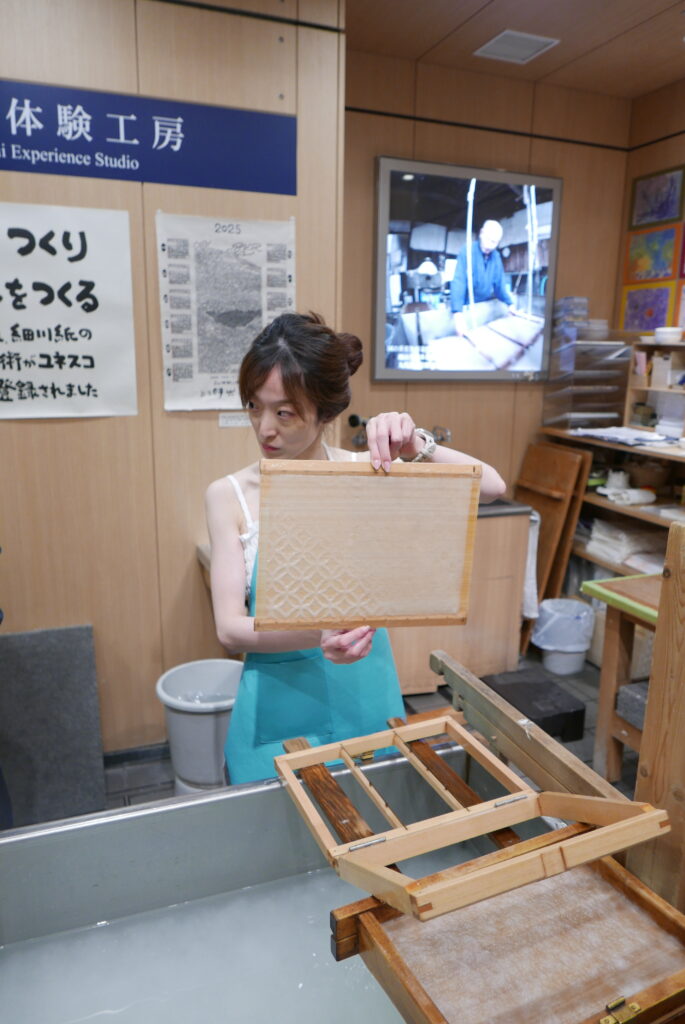
Of course, I tried it as well. It required me to move the screen smoothly, so I needed to be relaxed, but look at my arm! It’s too stiff! (laughter)
Anyway, I successfully managed to complete the scooping and screening process. And I showed off my proud face, holding my work up toward her, and asked her, ” Hey, take a nice photo.”
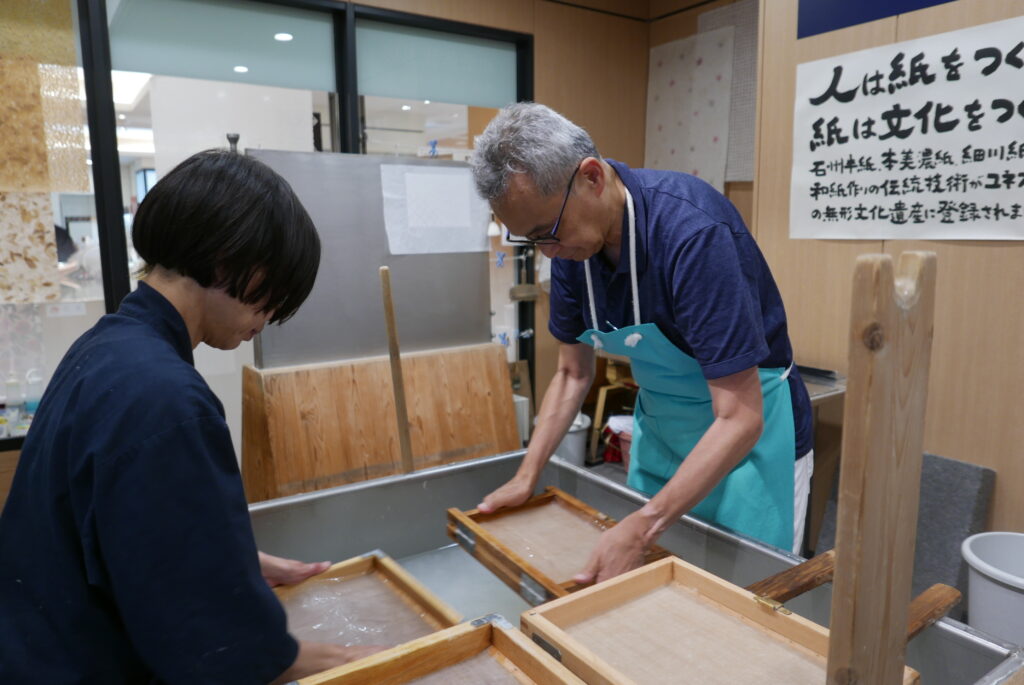
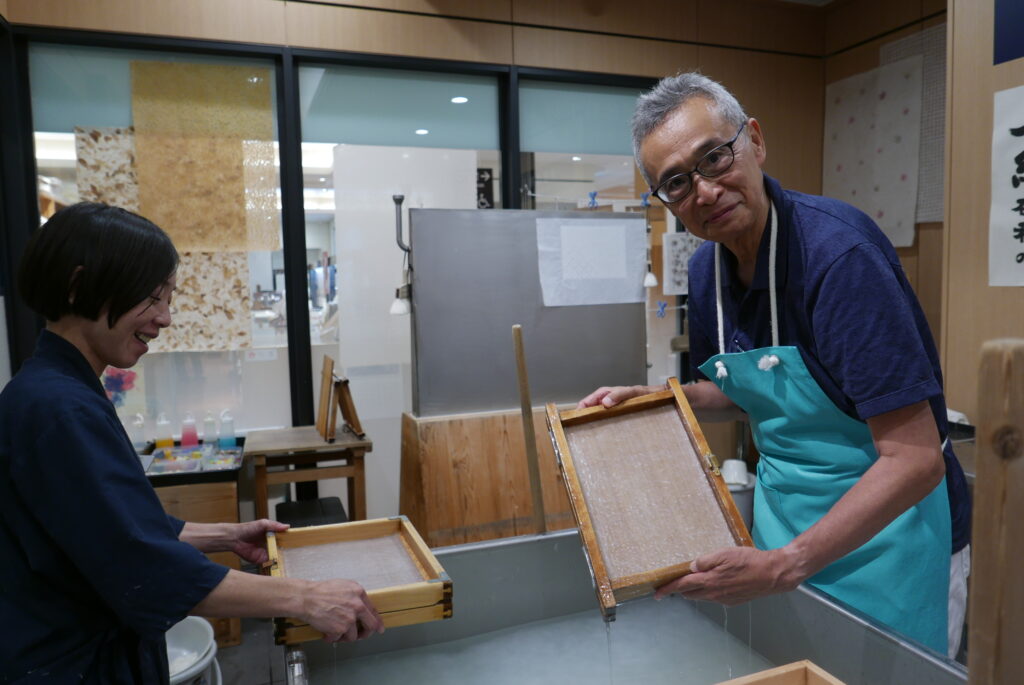
The next stage involved placing a template with a designed pattern on the screen frame and showering water to create a pattern on the wet washi sheet.
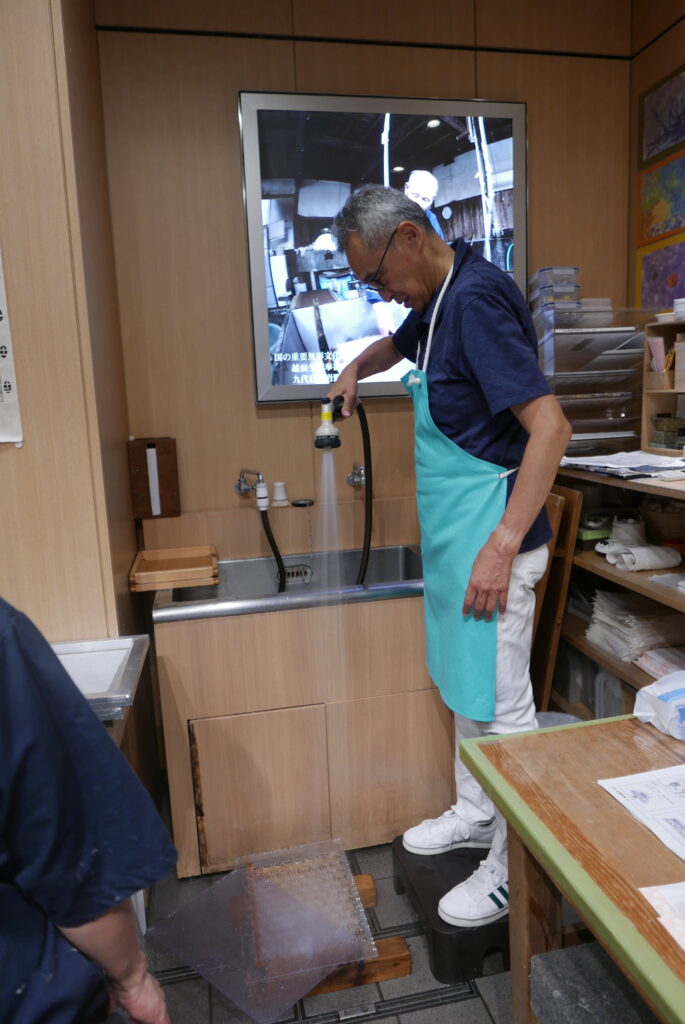
Finally, we got our favorite design wet washi sheet! My design is a combination of Seigaiha (a blue ocean wave pattern) and Ichimatsu pattern (a traditional Japanese design).
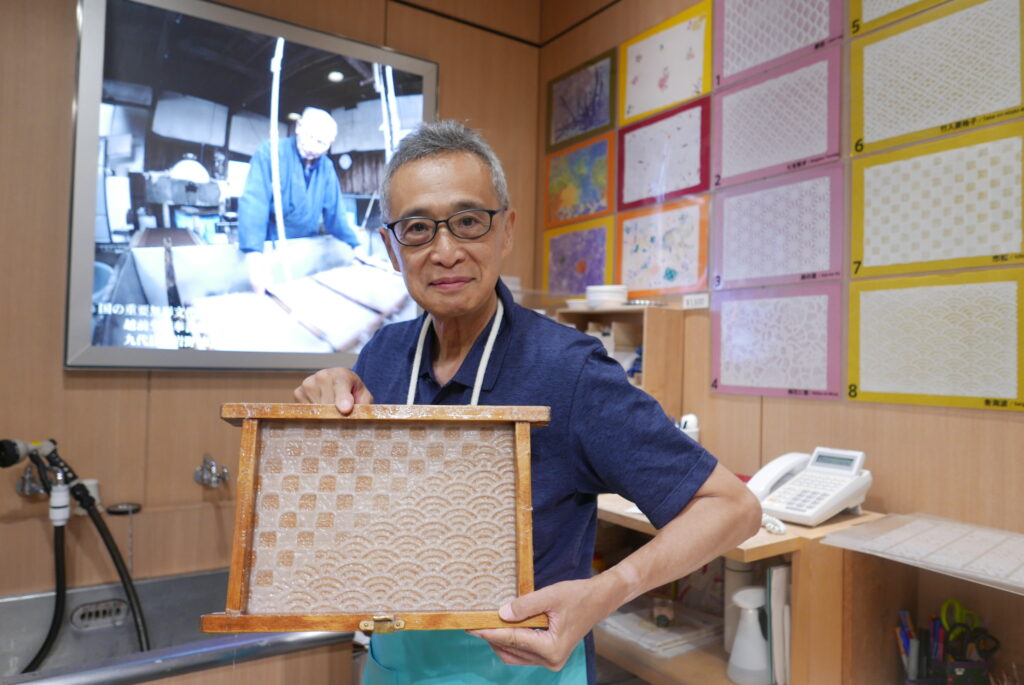
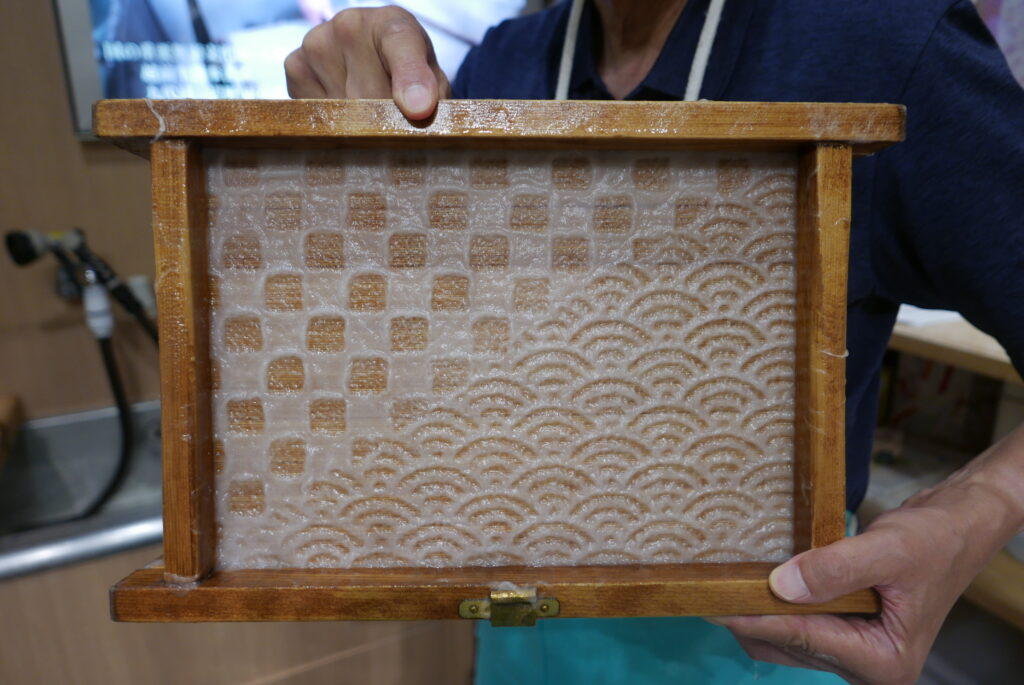
My daughter and her husband also finished it in their favorite designs.
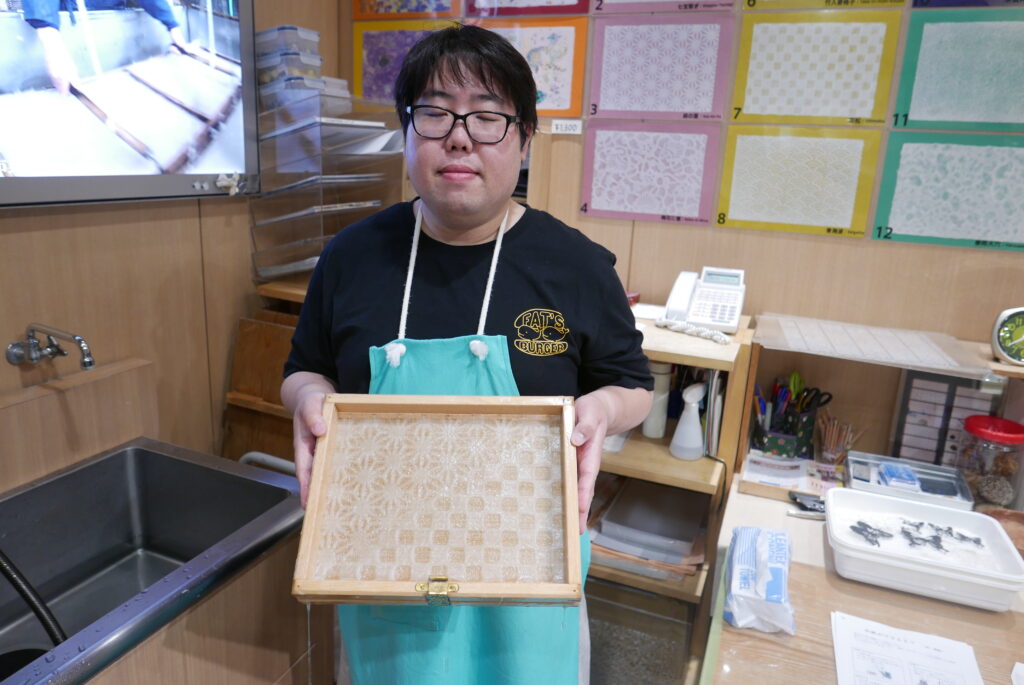
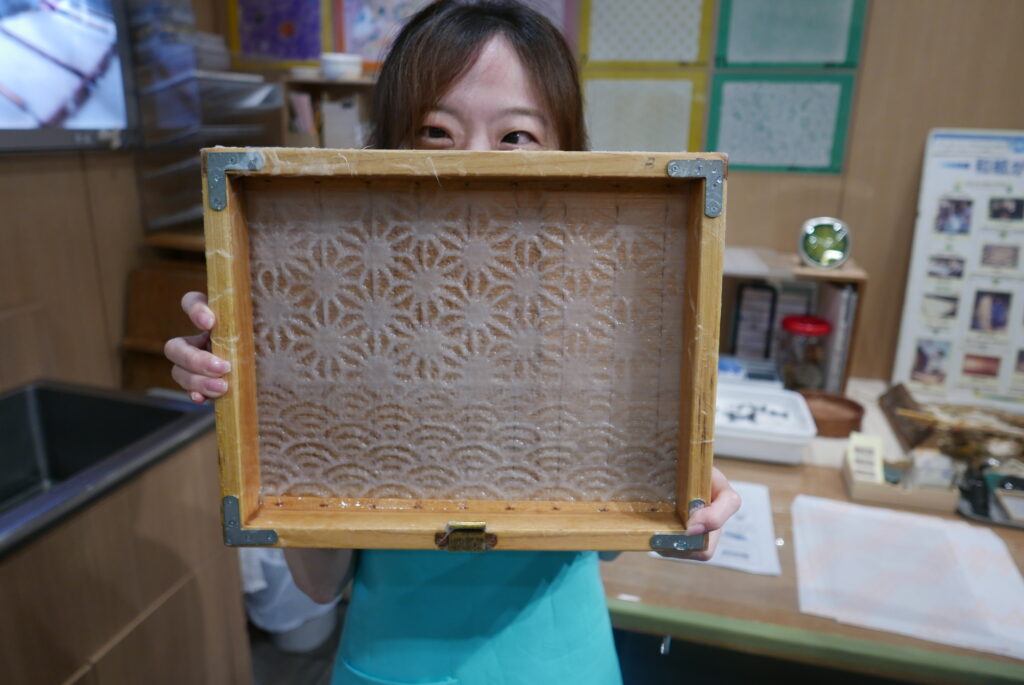
At the final stage, we spread the wet sheet on the hot metal plate and smoothly swept it across the surface outward from the center to scrape out air and remove creases.
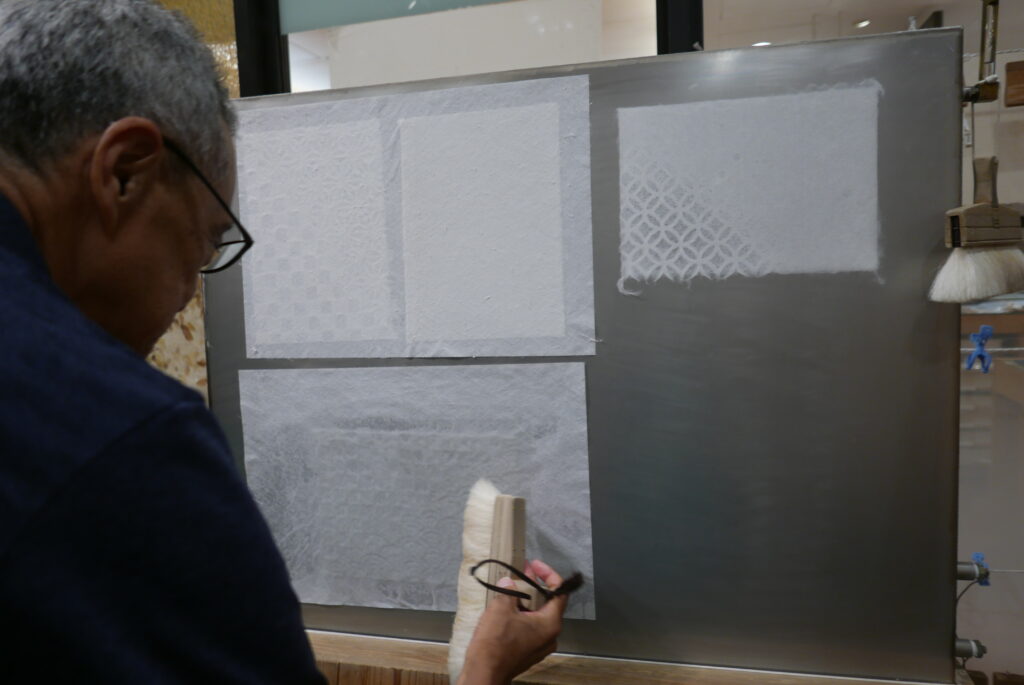
Look at my satisfied smile!!
It’s truly fun and worth trying. I promise that you’ll be able to do it with the help of the instructions and suggestions from the workshop staff.
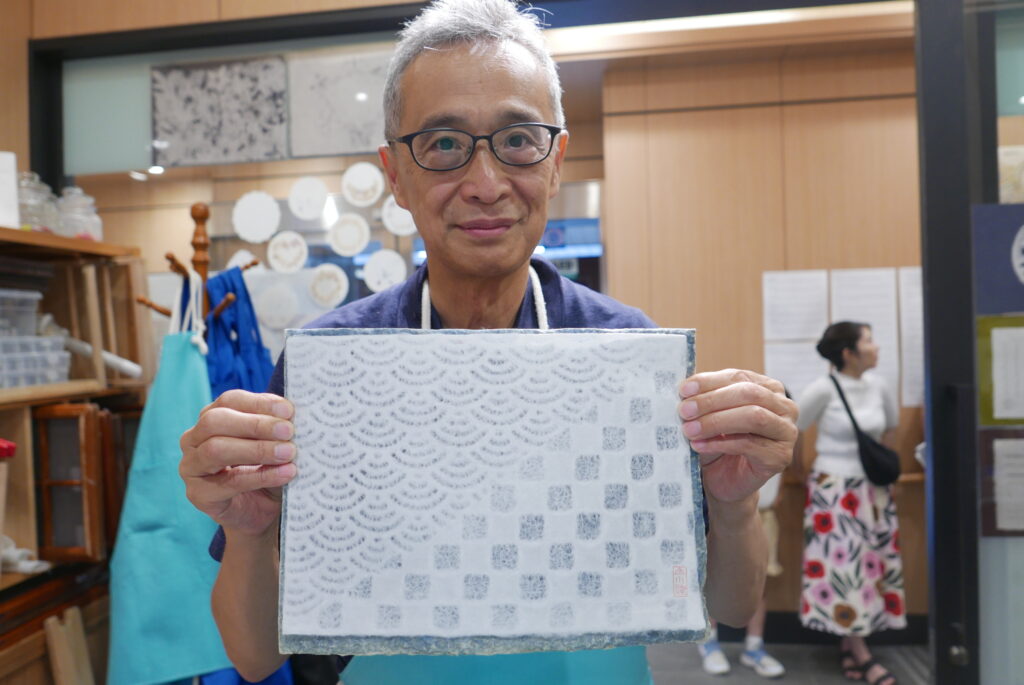
Thank you for reading my post. If you’d like to try this experience, I’m happy to help you. Please message me by clicking the “Contact me!” link below. I will do my best to make your stay in Tokyo an unforgettable one!
Please click the links to get updated via my X (former Twitter) and Instagram.
X (former Twitter): https://x.com/ToruGuide
Instagram: https://www.instagram.com/toruhigaki/
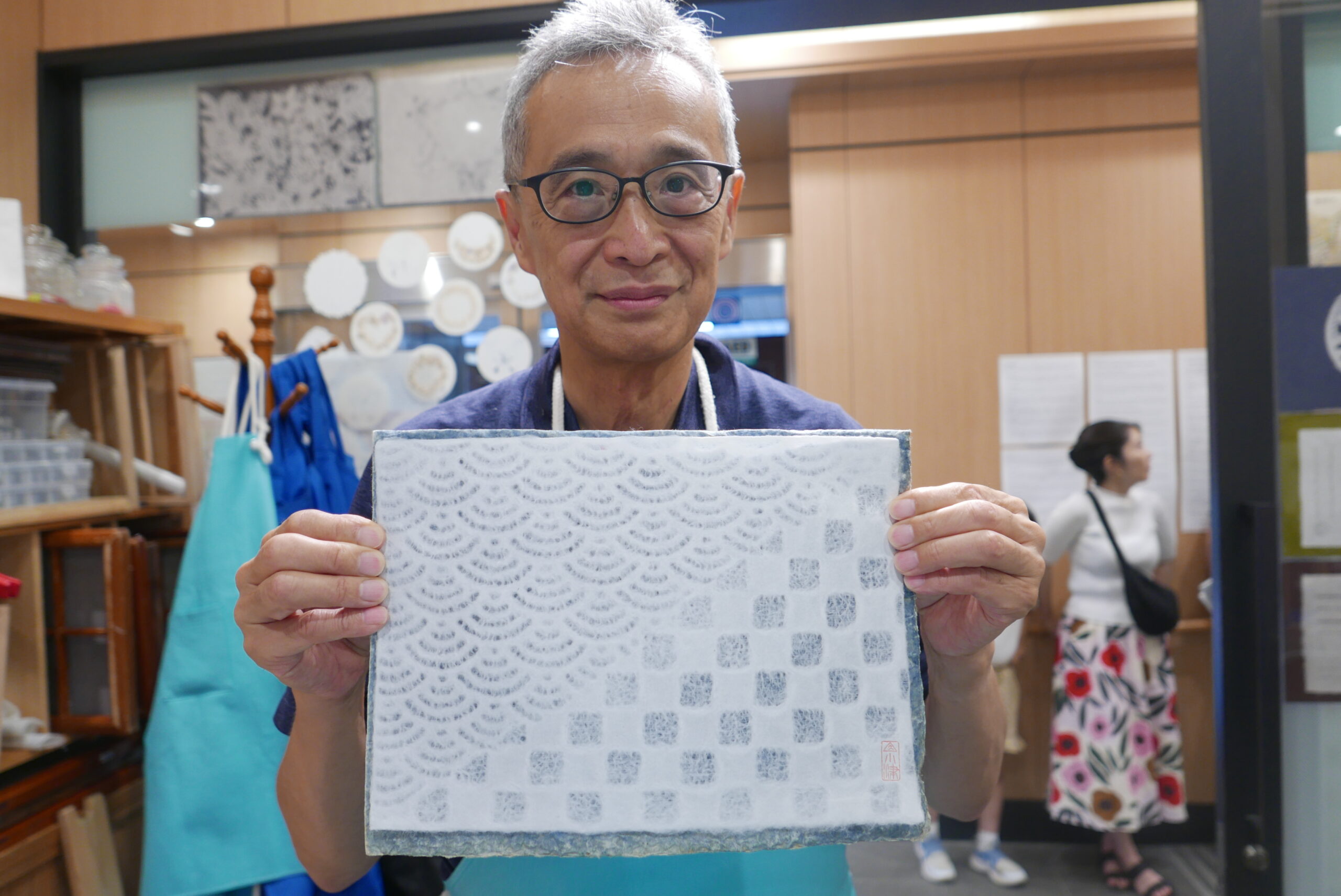


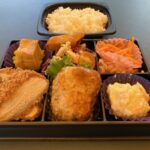
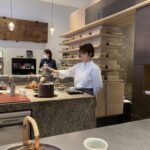
Comment